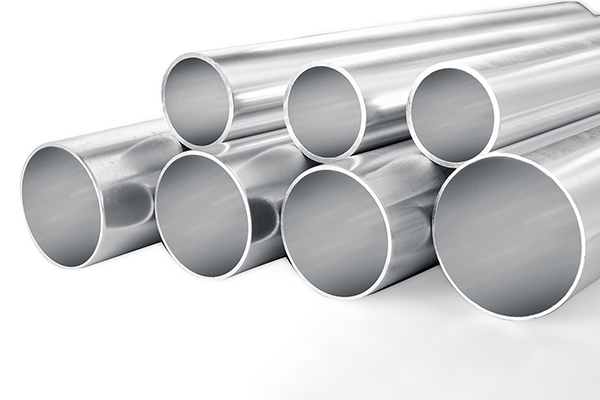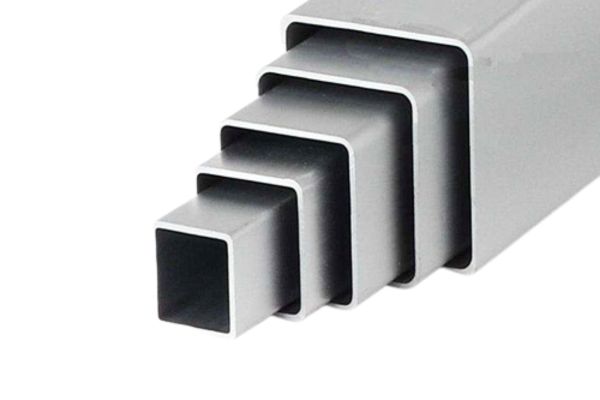Aluminium Extrusion Tube
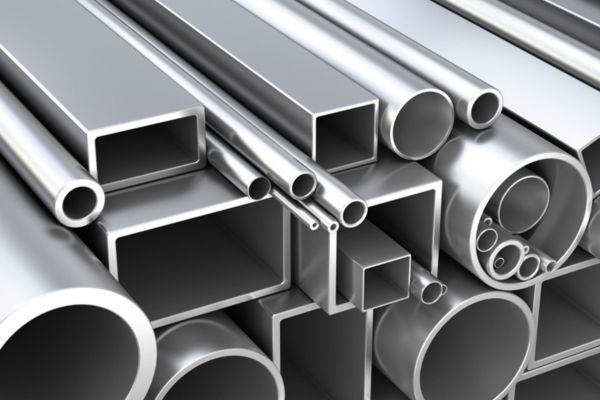
Aluminium extrusion tubes are a common type of aluminum product that is widely used in various industries due to their versatility, strength, and lightweight properties. These tubes are manufactured through a process called extrusion, which involves forcing heated aluminum billets through a specially designed die to create the desired shape and size.
Aluminum is a lightweight metal, making the tubes easy to handle and transport while still providing high structural integrity. This feature is particularly valuable in industries such as aerospace, automotive, and construction, where weight reduction is critical for fuel efficiency, performance, and cost-effectiveness.
Surface
These are some of the commonly used surface treatment processes for aluminum profiles. Each method offers unique characteristics and can be chosen based on the desired appearance, performance requirements, and environmental conditions.
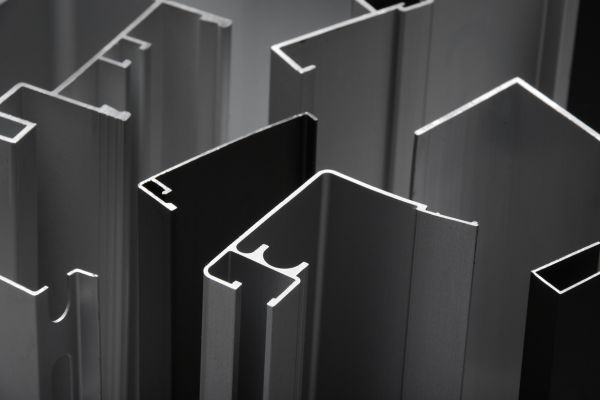
Anodizing
Anodizing is an electrolytic process that forms an oxide layer on the surface of aluminum profiles. This oxide layer enhances corrosion resistance, hardness, and wear resistance. Anodized aluminum profiles can be obtained in various colors and finishes.

Electrophoretic Coating
Electrophoretic coating involves depositing organic coating particles onto aluminum profiles using an electric field. The resulting coating has excellent adhesion, corrosion resistance, and weatherability. It is commonly used for surface coating, offering a wide range of colors and finishes.

Polishing
Polishing is a mechanical or chemical process that creates a highly smooth and reflective surface on aluminum profiles. This treatment produces a bright, mirror-like appearance, suitable for decorative and high-reflectivity applications.
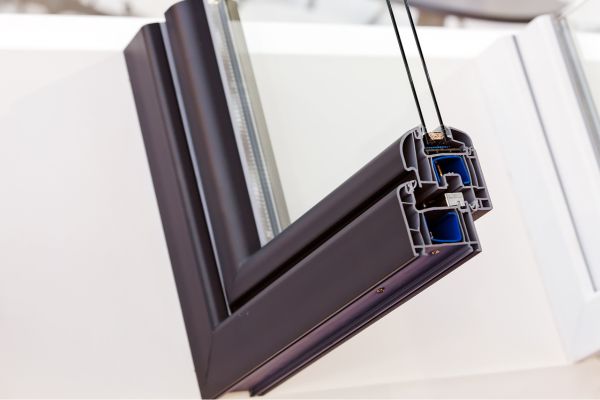
Powder Coating
Powder coating involves spraying powdered paint onto the surface of aluminum profiles, which then forms a solid coating during the curing process. This process provides a wide range of color options and surface effects, while offering excellent weather resistance and durability.
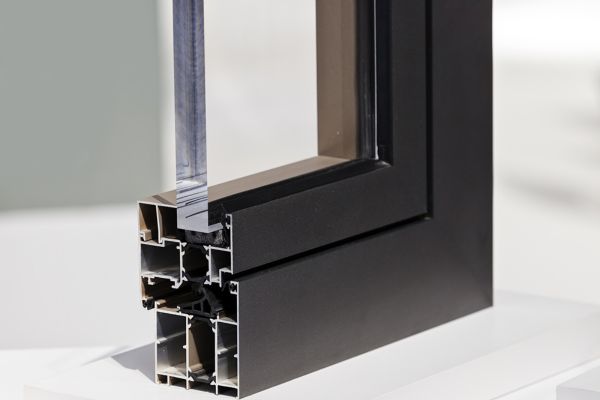
Fluorocarbon Coating
Fluorocarbon coating is an advanced coating technique that utilizes fluorocarbon resin as the coating material. The resulting coating exhibits exceptional weather resistance, chemical resistance, and high-temperature performance. It is commonly used in high-quality coatings for applications such as architectural facades.
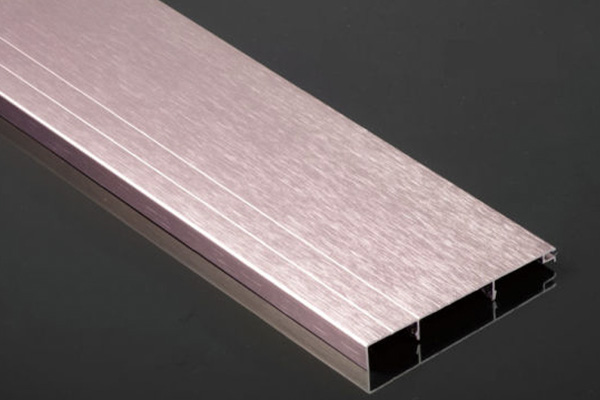
Brushing
Brushing, also known as mechanical finishing, involves using abrasive brushes or pads to create a linear or circular pattern on the surface of aluminum profiles. This process produces a textured, brushed effect, giving the profiles a unique visual appeal.
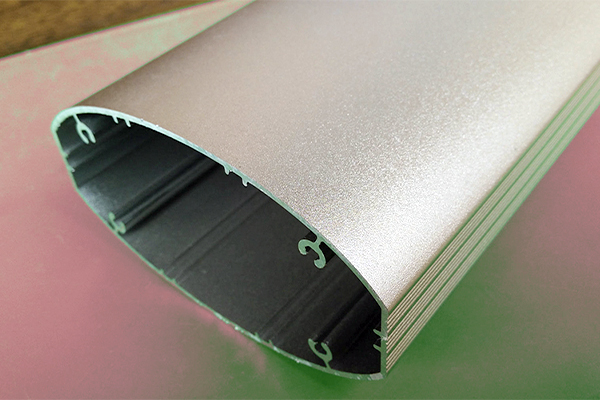
Sandblasting
Sandblasting is a technique that involves propelling fine abrasive particles onto the surface of aluminum profiles at high speed. This process creates a roughened or textured surface, which can enhance adhesion for subsequent coatings or provide a matte appearance.

Wood Grain Transfer
Wood grain finishing is a process that simulates the appearance of wood grain on aluminum profiles through printing or coating. This treatment allows aluminum profiles to have a wood-like appearance while retaining the excellent properties of aluminum. It is suitable for decorative and architectural applications.
Customize Your Aluminum Tube
Specification
| Material | 1000series ~ 7000 series aluminum alloy |
| Temper | F, O,T3511, T4,T5,T6,T6511, T72, H12,H112 etc. |
| Shapes | Round, rectangular, oval, square and custom |
| Surface treatment | Anodizing, Electroplating, Polishing, Sandblasted, Powder coating, Brushed, PVDF, etc. |
| Color | Customized Color |
| MOQ | 500KG |
| Delivery time | 15-20 days after sample confirmed & down payment, or negotiated |
| Port | Guangzhou,Ningbo, Shanghai |
Reliable Aluminium Extrusion Tube Supplier
HTS NEW MATERIALS is a professional aluminum extrusion profile manufacturer from China. With expertise in mold design, melting, extrusion, oxidation, electrophoresis, coating, and polishing, we offer a comprehensive range of services.
Our product portfolio includes aluminum profiles for windows and doors, industrial applications, and photovoltaic systems. Located in Jiangxi, our production facility spans 30,000 square meters and employs over 200 skilled professionals, allowing us to produce over 10,000 metric tons of aluminum profiles annually.
Factory
We specialize in manufacturing high-quality, precision-engineered aluminum profiles for various industries. With state-of-the-art equipment and a skilled workforce, we produce complex profiles with exceptional dimensional accuracy using premium-grade aluminum alloys. Our customization options allow us to create unique profiles with intricate shapes, precise tolerances, and various surface finishes, tailored to your specific requirements. Quality is paramount to us, and we adhere to rigorous quality control measures throughout the manufacturing process. Our commitment to environmental sustainability is reflected in our eco-friendly practices, such as recycling aluminum scraps and optimizing energy consumption.
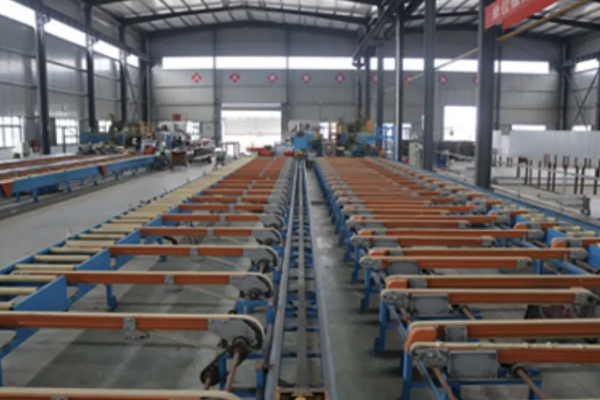
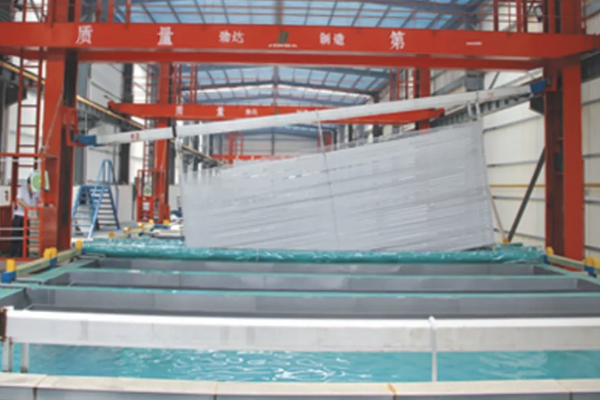
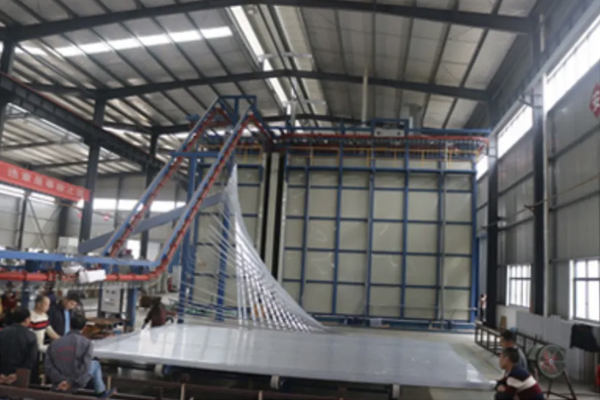
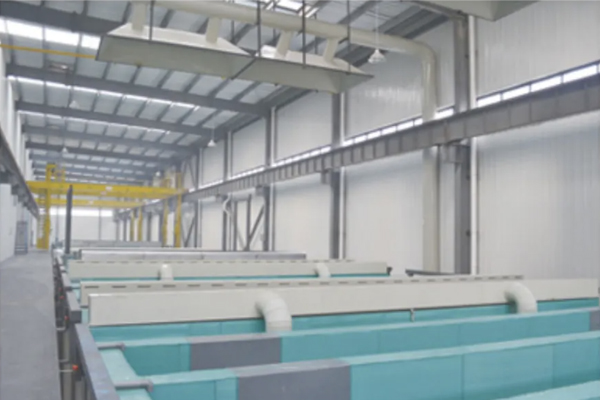
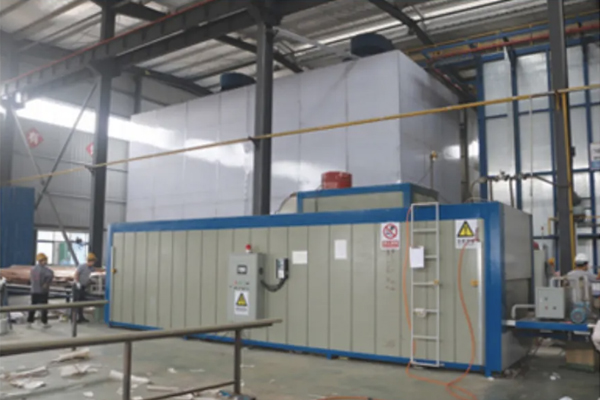
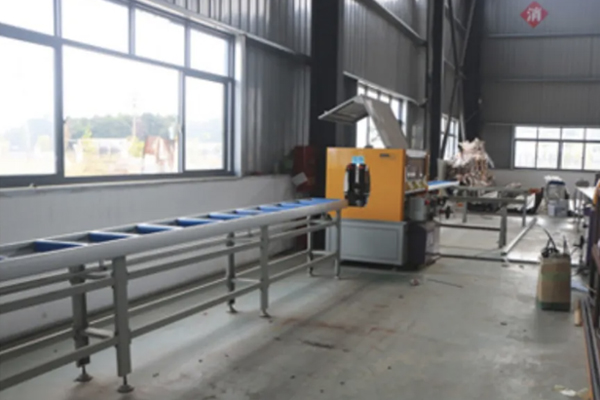
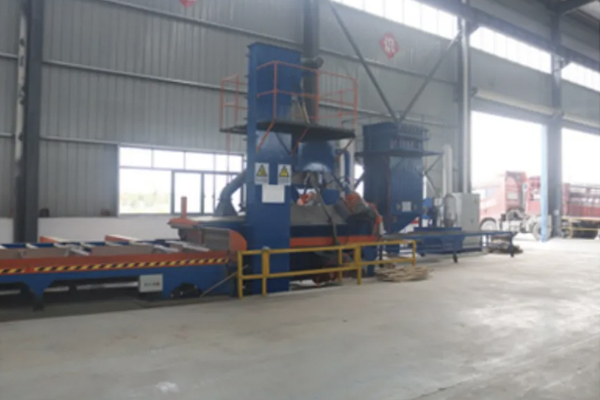
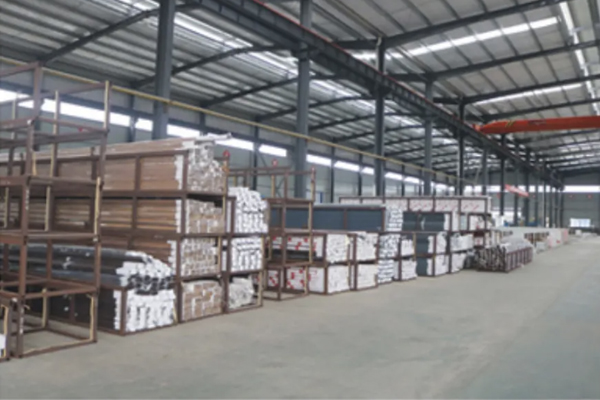
Raw Material
The grade of aluminum used to produce aluminum extrusion tubes can vary depending on the specific application and requirements. Several common grades of aluminum used in extrusion processes include:
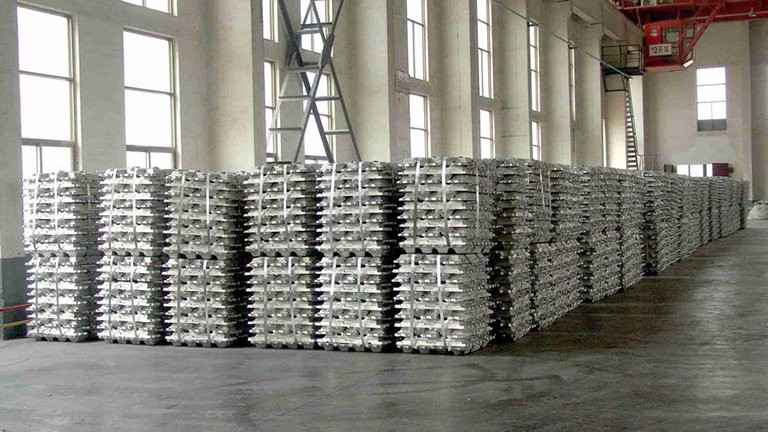
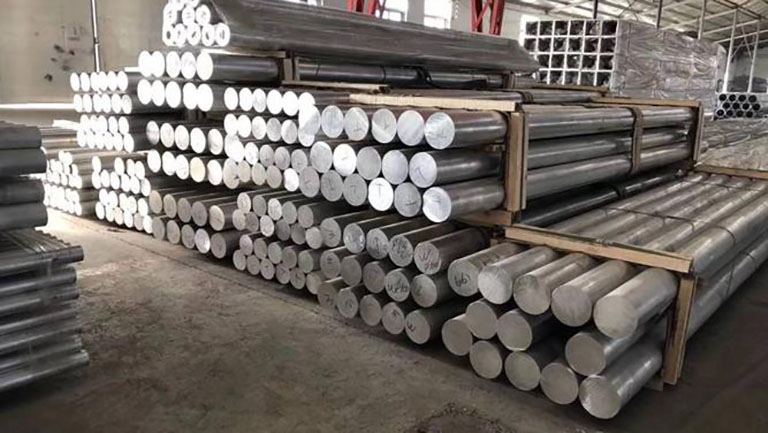
1xxx Series: This series includes pure aluminum, such as 1100, which is commercially pure with excellent corrosion resistance and good formability. It is often used in applications where high corrosion resistance is required, but strength is not a primary concern.
6xxx Series: This series includes alloys like 6061 and 6063, which are widely used in extrusion applications. They offer a good balance of strength, formability, and corrosion resistance. 6063 is commonly used for architectural applications due to its excellent surface finish and anodizing properties.
5xxx Series: This series includes alloys like 5083 and 5086, which are known for their excellent corrosion resistance, particularly in marine environments. They also offer good weldability and moderate strength.
3xxx Series: This series includes alloys like 3003 and 3004, which are often used for applications that require moderate strength and good formability. These alloys have good corrosion resistance and are commonly used in general fabrication and automotive applications.
7xxx Series: This series includes alloys like 7075, which are high-strength aluminum alloys with good machinability. They are used in applications that require high strength, such as aerospace and structural components.
Advantages of Aluminium Extrusion Tube
Lightweight: Aluminum is a lightweight material, making extrusion tubes an excellent choice when weight reduction is desired. This property is particularly valuable in industries such as aerospace, automotive, and transportation, where weight savings can lead to improved fuel efficiency and increased payload capacity.
Strength-to-Weight Ratio: Aluminum extrusion tubes can provide a high strength-to-weight ratio, offering sufficient strength while keeping the overall weight low. This advantage makes them suitable for applications that require structural integrity and load-bearing capacity.
Corrosion Resistance: Aluminum naturally forms a protective oxide layer on its surface, providing inherent corrosion resistance. This characteristic makes aluminum extrusion tubes highly resistant to rust and degradation, making them suitable for outdoor or corrosive environments.
Formability: Aluminum is highly formable, allowing for intricate and complex shapes to be produced through the extrusion process. This formability enables the creation of customized profiles and designs, making aluminum extrusion tubes versatile and adaptable to various applications.
Thermal Conductivity: Aluminum has excellent thermal conductivity, allowing for efficient heat transfer. This property makes aluminum extrusion tubes suitable for applications that require heat dissipation or thermal management, such as heat sinks or cooling systems.
Electrical Conductivity: Aluminum is also a good conductor of electricity, making extrusion tubes useful in applications that require electrical conductivity, such as wiring, bus bars, or electrical enclosures.
Recyclability: Aluminum is highly recyclable, and aluminum extrusion tubes can be easily recycled and reused without losing their properties. This recyclability makes aluminum extrusion a sustainable choice, contributing to environmental conservation and resource efficiency.
How to Produce Aluminum Tube
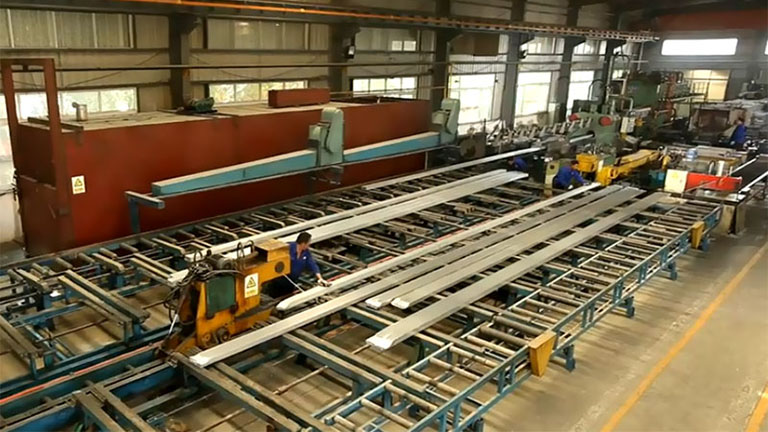
Aluminum profiles for doors and windows are manufactured using high-quality aluminum alloys, specifically designed for their structural integrity, durability, and corrosion resistance. The primary raw material used in the production of these profiles is aluminum extrusion billets.
Aluminum extrusion billets are cylindrical logs or ingots made from a blend of aluminum and various alloying elements. These alloying elements, such as silicon, magnesium, manganese, and copper, are added in precise proportions to enhance the strength, ductility, and other desired properties of the final aluminum profiles.
The billets undergo a series of processes to convert them into the desired profiles for doors and windows. The first step is heating the billets to a specific temperature, making them soft and malleable. Then, they are forced through a specially designed die under high pressure, using an extrusion press. The die imparts the desired shape and cross-sectional profile to the aluminum, resulting in the extruded profiles.
After extrusion, the profiles undergo various finishing processes, such as cutting, machining, surface treatment, and powder coating. These processes further enhance the aesthetics, functionality, and durability of the profiles, making them suitable for use in doors and windows.
How to Select Aluminum Profiles
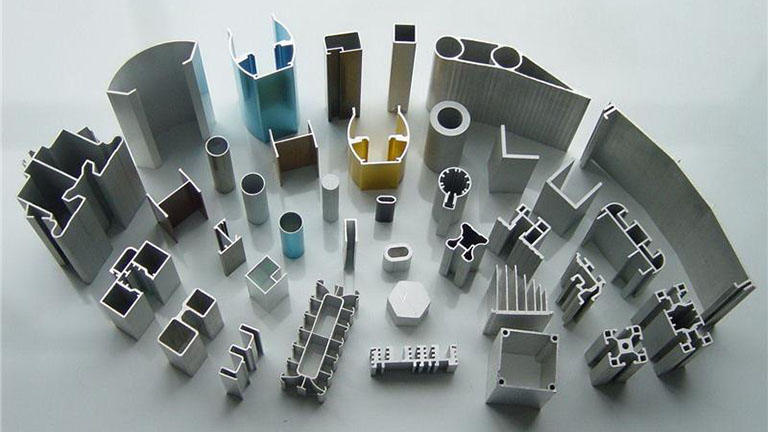
Define Your Requirements: Determine your specific requirements for the aluminum profiles. Consider factors such as the intended application, load-bearing capacity, thermal insulation needs, aesthetic preferences, and any specific industry standards or certifications that may be required.
Assess Material Quality: Check the material grade of the aluminum profiles. High-quality profiles often use standardized aluminum alloy grades such as 6061, 6063, or 6082. Verify if the profiles are made from pure aluminum or if they are alloyed with other elements to enhance their properties.
Physical Inspection: Physically inspect the profiles to evaluate their quality. Look for smooth and uniform surfaces, free from visible defects like scratches, dents, or irregularities. Check the dimensions and tolerances to ensure they meet your specifications.
Surface Treatment and Coating: Examine any surface treatments or coatings applied to the profiles. Anodized or powder-coated finishes are common for enhanced protection and aesthetics. Assess the quality and durability of the coating, ensuring it is uniform and resistant to corrosion, fading, and scratching.
Structural Integrity: Assess the strength and structural integrity of the profiles. Consider their load-bearing capacity, rigidity, and resistance to deformation. Profiles with proper heat treatment and extrusion techniques tend to exhibit better structural properties.
Certification and Compliance: Check if the aluminum profiles meet relevant industry standards and certifications. Look for certifications like ISO 9001 for quality management systems or specific industry certifications that demonstrate adherence to recognized quality standards.

